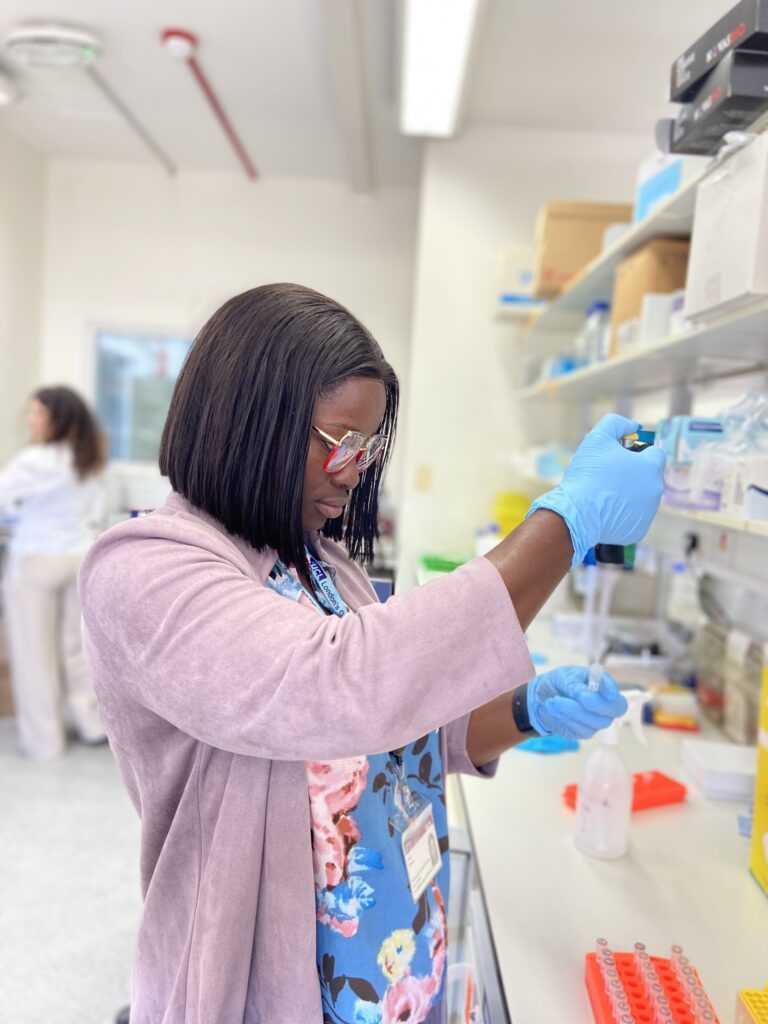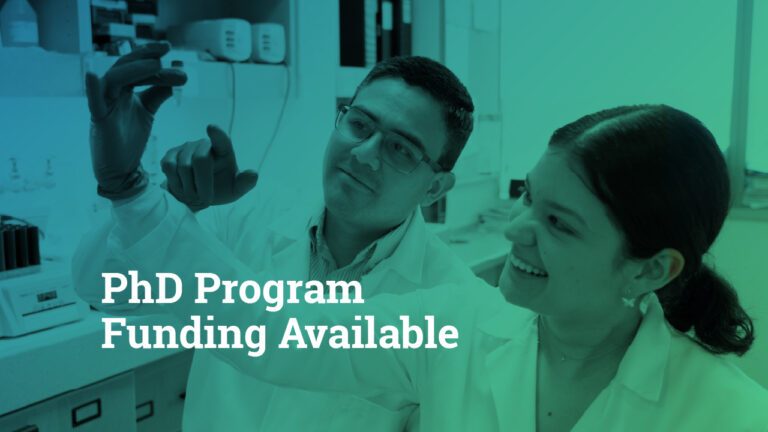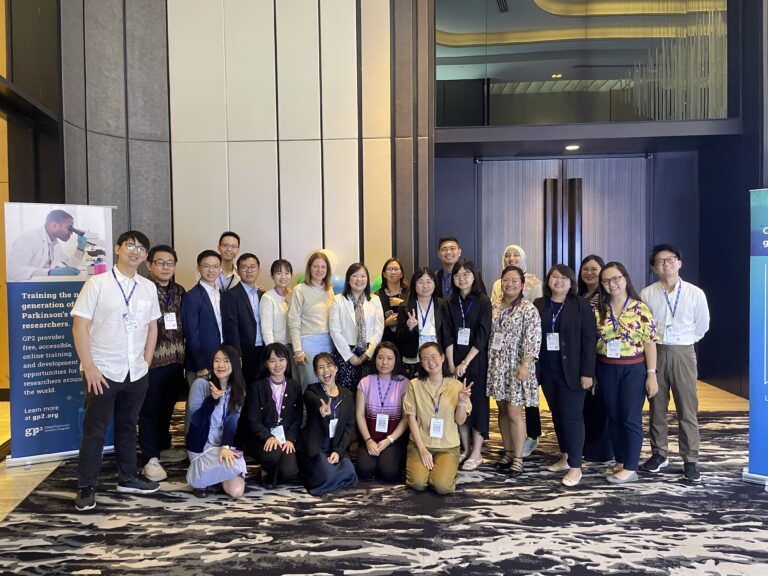Recently, GP2 launched a landmark initiative: the Black and African American Connections to Parkinson’s Disease (BLAAC PD) study. This pioneering research project, described in a previous post, is designed to understand genetic contributions to Parkinson’s disease (PD) risk in Black and African American individuals.
The need for this kind of study is great: according to current peer-reviewed literature, fewer than 50 Black and African Americans have been genetically explored with respect to PD to date, while thousands of individuals with European ancestry have contributed to our understanding of genetic mechanisms underlying PD etiology. The function of diversity is for more than just understanding PD in black populations; this work will facilitate discovery of informative and actionable genetic variants that may have applicability across groups at risk for PD. BLAAC PD aims to recruit a cohort of at least 2,000 Black and African Americans – half with PD and half undiagnosed, to ensure we understand what PD risk looks like in a broader, more representative population.
However, black populations are historically underrepresented in research, and building a cohort for BLAAC PD will be challenging. Enrollment barriers, already multi-factorial, are compounded for black individuals. These communities face unique barriers that prevent their participation in research, including (a) low health and research literacy; (b) poor or inconsistent relationships between their communities and researchers; (c) deep mistrust of the academic medical research model; (d) lack of cultural competency and representation among research faculty and staff; (e) language barriers; and (f) inclusion/exclusion criteria and clinical trial design that disproportionately bars individuals from some communities from taking part in research. These barriers to participation differ but often overlap across cultures and regions, hindering the adoption and implementation of recruitment strategies that adequately address local community concerns. Moreover, few research teams have sufficient personnel, training, or resources to overcome these barriers for black populations. Without a clear and unified strategy to approach, engage, and recruit Black and African Americans into BLAAC PD, the current recruitment shortfall within this group, already a hindrance to PD research, may become untenable.
To address the challenge of recruiting Black and African American individuals into BLAAC PD, GP2 researchers have developed an innovative two-pronged approach: 1) selection of PD clinics around the United States with a strong track record of successful engagement with black communities, and 2) retention of researchers from the Community Access, Recruitment, and Engagement (CARE) Research Center, who have successfully improved diverse and representative recruitment in PD and other research studies. Our role will be to help researchers develop sustainable, bidirectional relationships with local Black and African American communities to understand how barriers to accessing PD research manifest, and can be overcome, locally.
We are working with GP2 and BLAAC PD sites to develop resources that local PD research clinics may adapt and use, such as toolkits for advertising and educational events. Special attention is paid to workflows that reduce and eliminate common recruitment barriers, identification of local bottlenecks and sources for mistrust, and other crucial aspects of robust engagement and recruitment plans. Together we aim not only to build a large cohort of black individuals but also to ensure that this cohort represents and reflects diversity within Black and African American communities. Thus, via careful partnership with black communities, BLAAC PD and GP2 will continue to advance PD genetics research, so that all may benefit.





